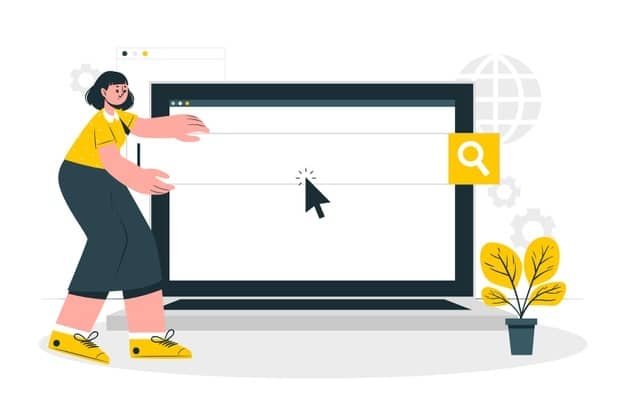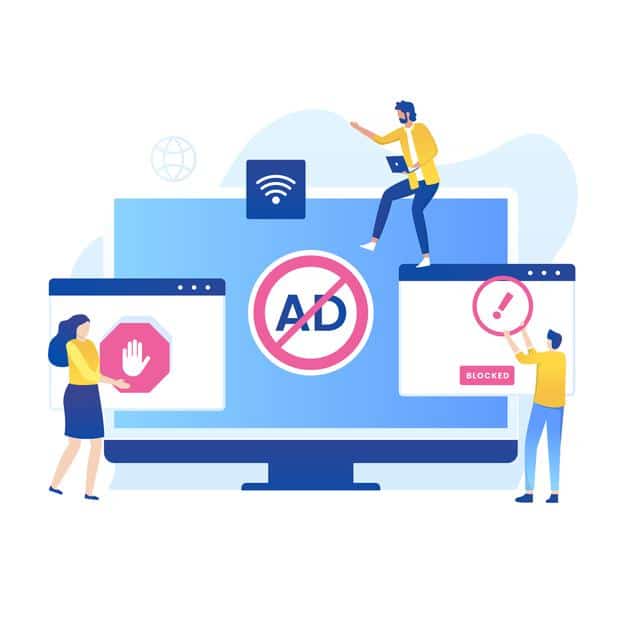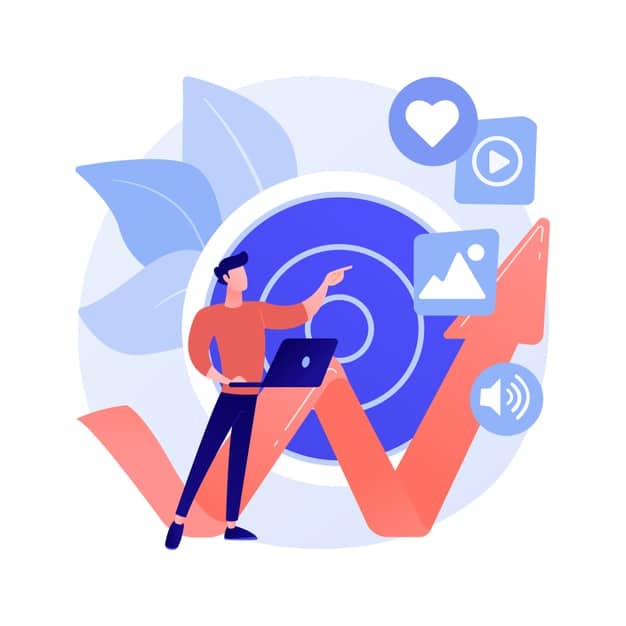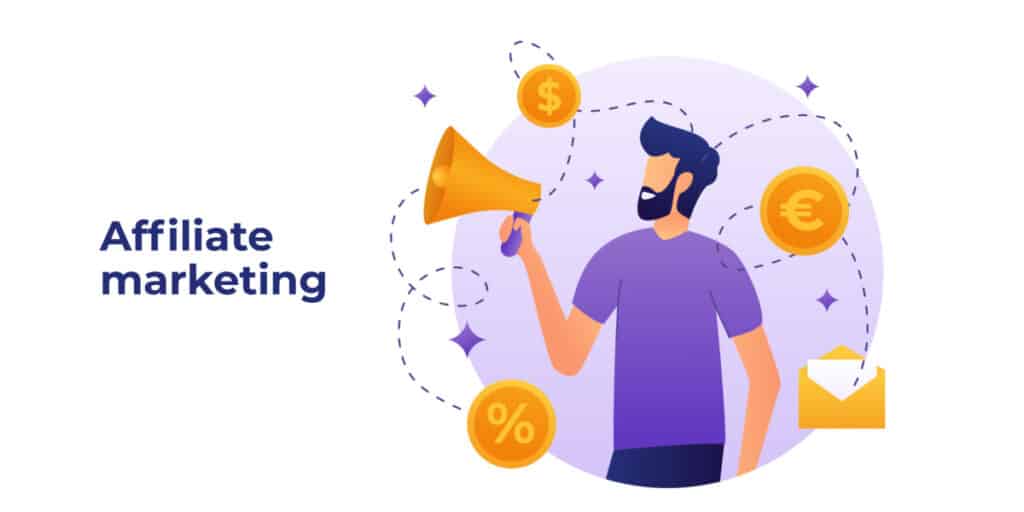If you work in the digital space, have experience in content marketing, or have participated in a social media campaign, you’ve probably heard the word “evergreen content.”
Table of Contents
In this article, I’ll go through all you need to know about evergreen content so you’re equipped to incorporate it into your digital marketing strategies.
Let us begin with a definition:
The definition of “evergreen content.”
Evergreen content is content that is not time-sensitive and continues to yield results for the digital goals.
For example, a guide to losing weight would be regarded as evergreen content, as would learning how to do long algebraic division.
Both are topics whose content stays relevant and useful for a particular audience, regardless of how old it is.
If content like this is optimized to drive traffic consistently, it will never stop contributing to a brand’s digital goals.
What evergreen content isn’t?
Not all, nor every piece of content, can withstand the test of time.
And if you post a blog, video, or podcast and leave it online forever, it is not evergreen.
The fact that it is available does not characterize evergreen content. Its continuous relevance defines it.
Content that would be of absolutely no value to your audience in the following years of publication cannot be regarded as evergreen.
Trends, breaking news, fads, and time-specific statistics are some examples of non-evergreen content.
This content can also be a part of your content marketing plan. It can generate interest and traffic in the short term, assisting in your audience growth.
What is the importance of evergreen content?
If creating an online business with content was like building a house, evergreen content is the foundation that allows the house to grow.
This is because they yield stable returns regardless of trends or trends in your industry.
Although non-evergreen content can generate brief spikes in traffic, leads, or followers, evergreen content continues to operate at a reasonably steady pace, enabling you to build on it.
The more layers of evergreen content you have on your website, the more traffic you can get regularly.
More traffic means more visibility, leads, followers, and customers – in short, evergreen content is vast.
Consider this: suppose you published an evergreen blog that brought 50 new visitors to your website daily. This equates to an additional 18,250 visitors a year.
Consider publishing ten evergreen blogs like this in a year – that’s an additional 182,500 visitors!
Let’s look at why content is such a strong marketing tool in the online world and why other tactics will never be able to replace it:
People are still looking for information and will continue to do so.

For this point, I’ll use two theoretical examples. Pause for a moment to reflect. What would be the first thing you’d do when you have a question for which you don’t have an answer? Well, you’d ask. There will not always be experts and professionals available to respond quickly, but luckily, you can search for your answer using your computer or mobile device. Your content comes in here.
Consider all of the websites and blogs you read on a regular or weekly basis. You had no idea they existed, but after reading something useful about one website, you went back for more. You may have also bookmarked the blog or signed up for their newsletter. Why is this so? The answer is simple and clear: you can’t know everything. Good information, whether theoretical, practical or simply entertaining, will always be valuable.
Every day, more people use ad blockers.

By the end of 2016, there were over 615 million users worldwide with ad blockers, and the number is still increasing by the day. In 2019, roughly 25.8% of internet users were blocking advertising. With new and constant privacy regulations being introduced, companies like Apple’s iOS include an ad blocker; Android users can also use third-party applications. They are free, and they help you make better use of your smartphone by removing irritating ads. Google is also testing an ad blocker integrated into Chrome.
Valuable content cannot be constrained. If the content is useful and insightful, users can engage with it and return to the website for more.
It is less expensive than other marketing campaigns but has a higher ROI.

Hiring content writers is considerably less expensive than purchasing advertisements on other blogs, television, and radio. The returns on assets are also higher due to the evidence discussed in the previous two paragraphs. When you run your website, you can cut your costs even more if you know how to write your articles.
While paid ads will give your traffic and conversion right off the bat, you will have to maintain that level and spend to continue or spend even more money to grow.
With evergreen content, it does take time, but the growth is exponential. The closer to ranking your content to no.1, the more traffic you get. Once you’re ranking no.1, it stays there for a while, and you don’t have to pay for anything. Simple content optimization will do in case you lose your ranking.
While immediate results are gratifying, you didn’t build your business expecting to be successful from the beginning, right? All business has a gradual growth.
In addition, according to a study conducted by Demand Metrics, more than 70% of internet users prefer to learn about products through content rather than conventional ads.
What is the significance of ‘evergreen’ content?
Evergreens are trees that carry their green leaves all year and are not affected by the seasons.
As regards content marketing, evergreen content is its equivalent.
How does evergreen content keep coming back?
There are a few different sources of website traffic. Visitors from:
- Social media
- Referrals
- Direct
- Search Engines
Your evergreen content must constantly attract visitors from ‘search engines’ to grow and improve your traffic.
Evergreen content attracts free search visitors. These visitors are NOT influenced by social media advertising or frequent email broadcasts.
Search engines such as Google encourage users to search for answers, information, and solutions to information gaps – it is this type of traffic that your evergreen content ought to tap into.
What does this mean?
If you take nothing else away from this guide, make sure you understand what evergreen content is:
- Constantly relevant content
- Content that attracts visitors via search engines
Now that we’ve decided that this is true, let’s look at how you can capitalize on these points:
How to create constantly relevant content


Creating evergreen content is a delicate art that requires a careful combination of various factors.
The topic and format are the most important considerations. Let’s go through those in more depth, along with a few extra tips.
Topic
I usually create my evergreen content topics with two goals in mind:
- Assist a particular level of audience to grow
- Be fully relevant to my company’s goals (and content marketing strategy)
For an audience to thrive, you must know and understand them – have as many interactions with them as possible, create a customer avatar, and constantly research their needs.
Put yourself in the shoes of a total novice: what do they need to know? What will they look for? In your business, where will they focus their initial attention and research?
Then consider intermediates and ask the same question to yourself. And then, when you’re ready, help the experts.
Other types of topics with evergreen returns include:
- Reviews (of products or services that aren’t often replaced or updated)
- Entries in factual/encyclopedic format (Wikipedia’s entire traffic policy is based exclusively on evergreen traffic)
Format
Evergreen content performs best when it is presented in a variety of formats or content titles.
There are some examples:
- Tips, e.g., An Expert’s Tips for Increasing Website Traffic
- Q & A, e.g., What is Website Traffic?
- How-to guides, e.g., How to Get More Website Traffic
- Lists, e.g., 50 Ways to Get More Website Traffic
These four formats should give your content topics a better chance of generating a consistent return in traffic.
Examples of evergreen content
Here are some exceptional examples of evergreen articles for several industries:
- The Essential Guide to Social Media Marketing can be limited in scope but incredibly useful for those new to designing and executing social media strategies.
- How to Look After a New Puppy– Animals and the internet are dangerous, but pieces like this are entertaining and educational for new pet owners.
- 10 Different Ways to Enjoy Hot Chocolate – As the weather turns colder, a blog like this will provide a boost in traffic. Tweaks on old classics can be a great place to start when writing an evergreen article.
Of course, any or all of these topics will have no bearing on your business. You need to create content that is valuable to your target audience. The most challenging aspect of creating evergreen content is that the most topics popular in the industry have already been covered, perhaps hundreds of times. In this case, you can incorporate your twist to the topic or look for long-tail keywords with a lot of traffic but maybe not as much competition. This increases the value of your content and its chances of ranking higher in search engine results.
Evergreen content tips
Getting the right mix of a topic and format is a good start, but it won’t guarantee the long-term results you’re looking for.
These pointers will assist you in creating content that people will want to read again and again:
1. Avoid using dates in your titles
Dates are easily out of date.
Avoid using months, years, or seasons in your content headlines; for example, How to Lose Weight in 2017 will not attract the evergreen traffic it deserves.
2. Write for beginners
You can feel compelled to share your knowledge but do so in a relevant way to rookies. Experts are unlikely to look for broad topics, and you want to create evergreen content for a wide and recurring audience.
3. Avoid using too technical language.
Since most of your content is aimed at beginners, complex, technical language will turn them off, so stick to more clear rhetoric.
4. Promote your content
Don’t sit back and wait for the content to produce results; instead, make a concerted effort to get the juices flowing. Publish it on social media, email it to your list, distribute it in high-traffic areas, and create as many inbound links to it as possible.
5. Write for your target audience’s level
When creating content for beginners, use terminology and phrases they’ll understand. Make no assumptions regarding knowledge.
6. Find the best keywords.
We briefly stated that long-tail keywords might be the most efficient. Even the most enduring evergreen piece is worthless if people aren’t looking for it, so carry out keyword research.
7. Link posts together
If you’re creating a comprehensive guide on a topic, like “Guide to Bike Care,” break it down into narrow, basic sections like “How to Replace a Bike Tire” and “How to Oil Your Bike Brakes,” and then link both articles together. This is ideal for SEO because it allows readers to solve a particular problem while also directing them to additional related content.
8. Optimize for search engine optimization.
Once you’ve determined your keywords (one per piece), remember to use SEO standard practices for on-page optimization. Add alt text to photos and include the keyword in the title, URL, and body copy – but don’t overdo it! To boost SEO rankings, you should also link related evergreen articles together.
Evergreen traffic from search engines
Once you have a topic, a structural concept for your content, and an understanding of the evergreen content tips, it’s time to build search-friendly content.
This is possible with:
- On-page SEO
These are search-optimized variables that you can control within your published content.
- Off-page
SEO These are measures you can take apart from the content you publish.
- On-Page SEO (Search Engine Optimization)
I’ve written many comprehensive guides on on-page SEO, so I’m hesitant to go into that much detail now (including the top Google ranking factors).
However, here are the most important on-page SEO measures to boost your performance with evergreen content:
- Keyword Research
Common search queries for great evergreen content topics are constantly changing. Use a paid tool like Keywords Everywhere to discover the average number of times a given keyword is searched or a free tool like Answer the Public to generate ideas.
Use Google Trends to analyze the popularity of keywords relevant to your content topic over time. It is a winner if it has consistently performed well for a long period.
- Make use of the keyword.
After you’ve done keyword research, you must put them to use. This entails incorporating them intelligently into your content.
Make sure the keyword is included in whatever form of content you publish (written, video, or audio):
- The title of the content
- The meta-description (i.e., the text used in Google search results)
- Content description/introduction
- Slug (this is the URL extension)
More ideas for evergreen content
Are you still searching for some evergreen formats that will fit your business? Here is a detailed list that may be of help. When you get confused, refer back to this list. Since creating evergreen content seems to be a lifelong objective for your business, you’ll most likely use most of the formats at some point.
- Original Research
- “Greatest of” Round-up
- “What Went Wrong” Case Studies
- How-to for Advanced Users
- Successful Case Studies
- History of a Topic or Product
- How-to for Beginners
- How-to Checklist
- Everything You Need to Know About ____.
- Common Mistakes in a Specific Niche/ Industry
- Best Books for a Specific Goal
- Best Free and Paid Tools List
- Best Practice to Meet a Specific Goal
- Complete Glossary of a Specific Niche
Is it possible to combine a content marketing strategy with other forms of marketing?
You definitely can. Aside from content publishing, most marketers involve paid ads, direct marketing, social media marketing, and email marketing in their marketing strategy.
Should you use evergreen content?
If you are currently creating content and have not yet considered evergreen content, now is the time to do so.
You should understand what evergreen content is, why you need to use it, and how to get started after reading this guide.
Just make sure it doesn’t take up your attention.
Remember that you need to satisfy your audience and market, and appealing to their immediate interests, such as news and trends, is a perfect way to do so.
Incorporate evergreen content into the content marketing plan alongside these short-term goals to get the best of both worlds.





